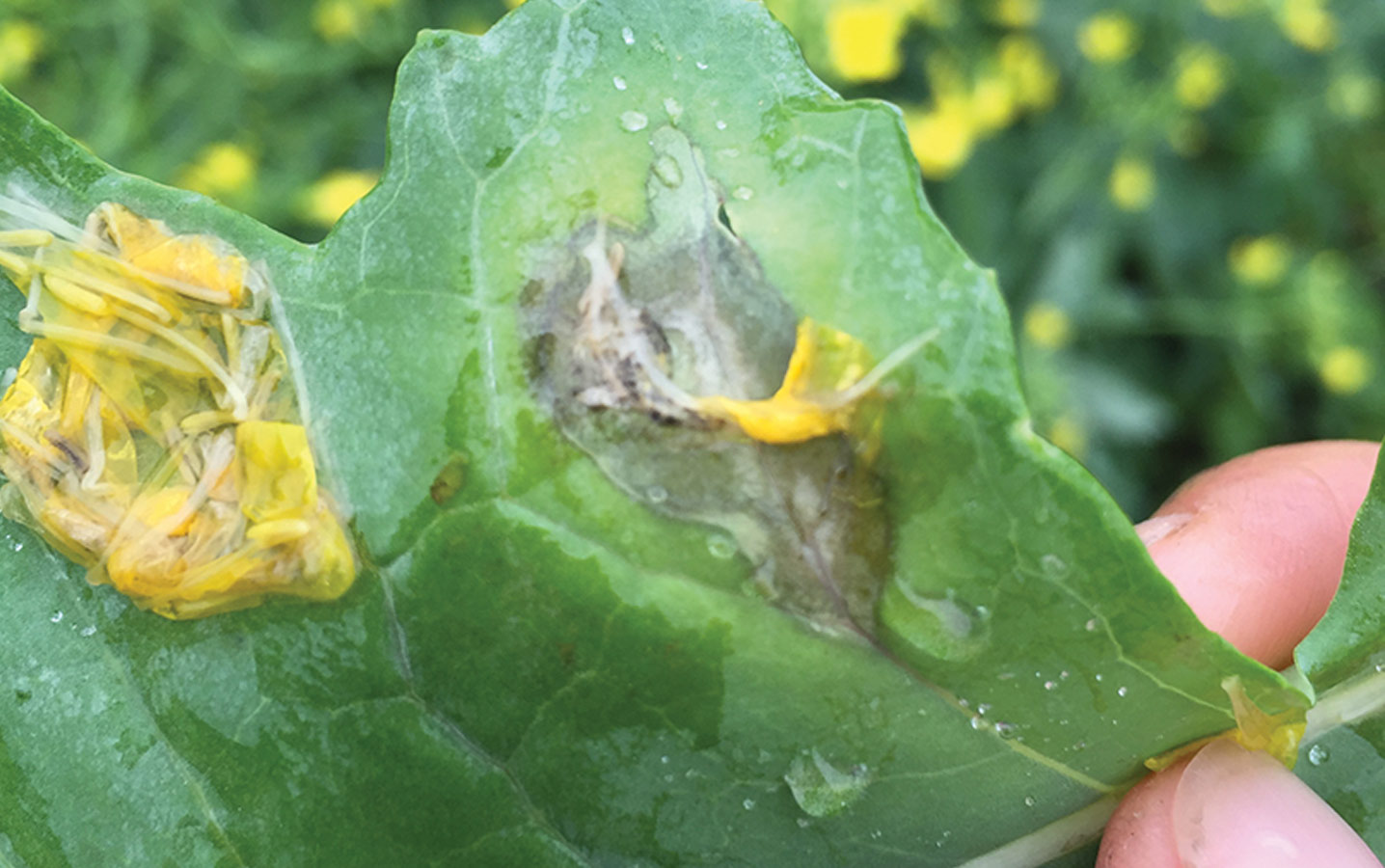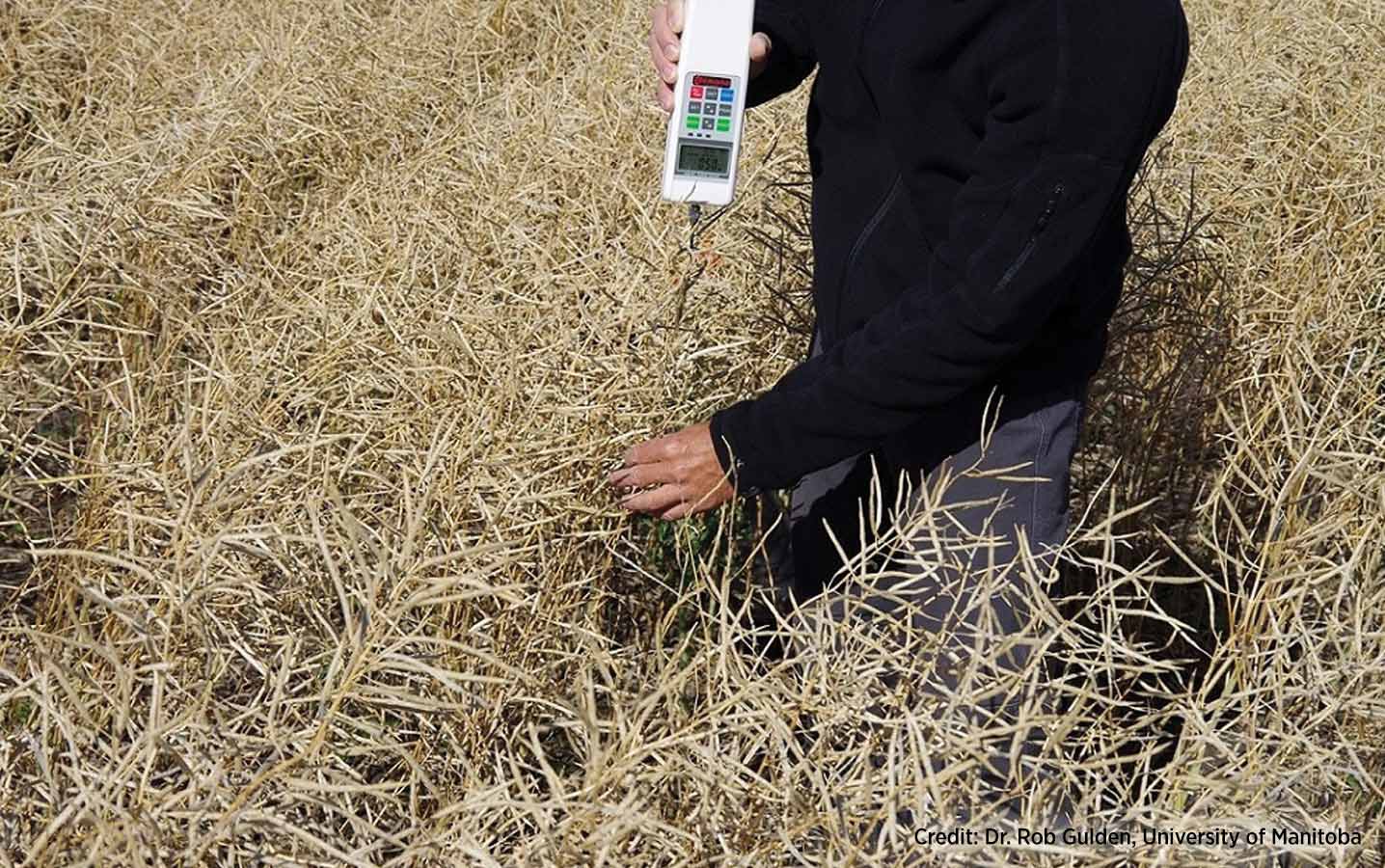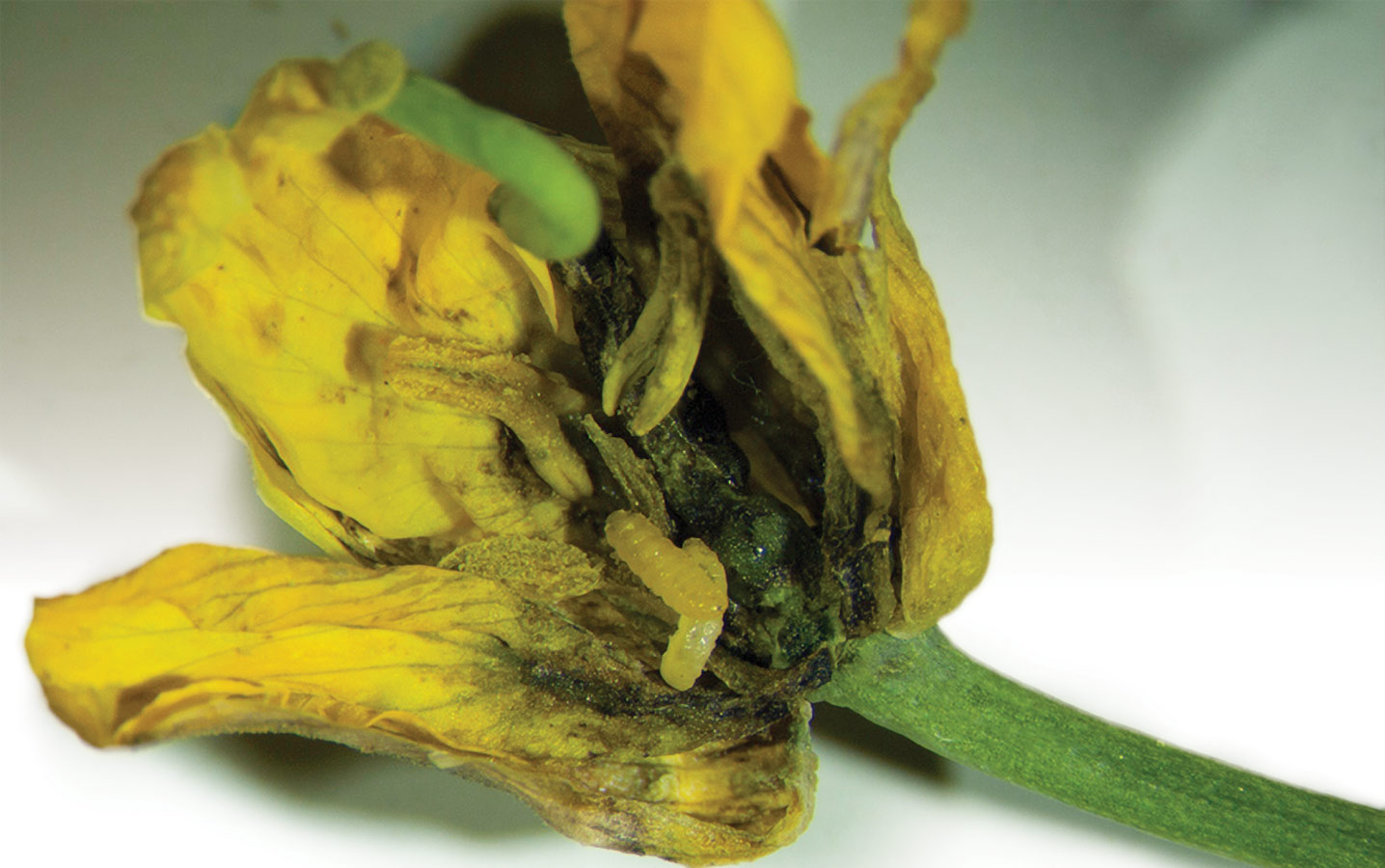
Science Edition 2016—Key Result: Sclerotinia stem rot, caused by Sclerotinia sclerotiorum, is commonly managed by routine application of fungicides, typically without any indication of disease risk. Through this study, a quantitative polymerase chain reaction (qPCR)-based assay was developed to measure S. sclerotiorum DNA in canola petals, enabling rapid and accurate estimates of infestation levels when timely fungicide...
Read More 
Science Edition 2016—Key result: Seed losses at harvest can be significant. This study provides insight into pod drop and the factors impacting it. The pod retention measurement method developed and validated in this study can be used in future studies. Results from this study also suggest that pod retention is a heritable trait and could be exploited by...
Read More Science Edition 2015—Key Practice: With longer periods under no-till management, soil organic matter may attain a new equilibrium level, and nitrogen (N) mineralization may increase. This can result in lower N requirements. Project Title, Lead researcher: “Quantifying the economic and soil quality benefits of long-term no-till using a canola-spring wheat rotation,” 2012-14, Christiane Catellier and Chris Holzapfel,...
Read More 
Science Edition 2015—Key practice: Where swede midge is a concern, seed as early as possible. Where swede midge can cause significant losses, consider B. juncea or S. alba varieties over B. napus. Project title, Lead researcher: “Assessing the impact of swede midge on canola production in the Prairies and Ontario,” 2005-08, Rebecca Hallett, University of Guelph Grower...
Read More Science Edition 2015—Key Practice: The key step in seed placement is to achieve the overall target population with some aspect of uniform distribution and depth. Precision tools to enhance seed spacing in the row provide little evident economic benefit. Project Title, Lead Researcher: “Seeding rates for precision seeded canola,” 2012-14, Gazali Issah, Western Applied Research Corporation Grower...
Read More






